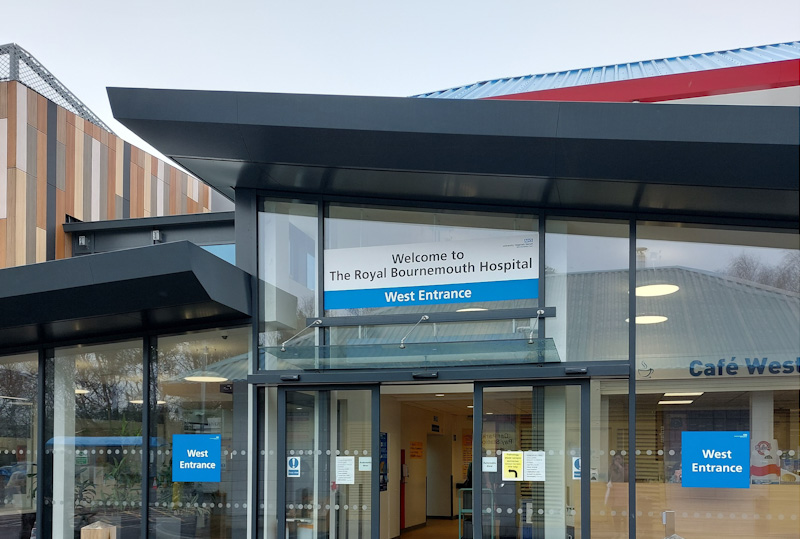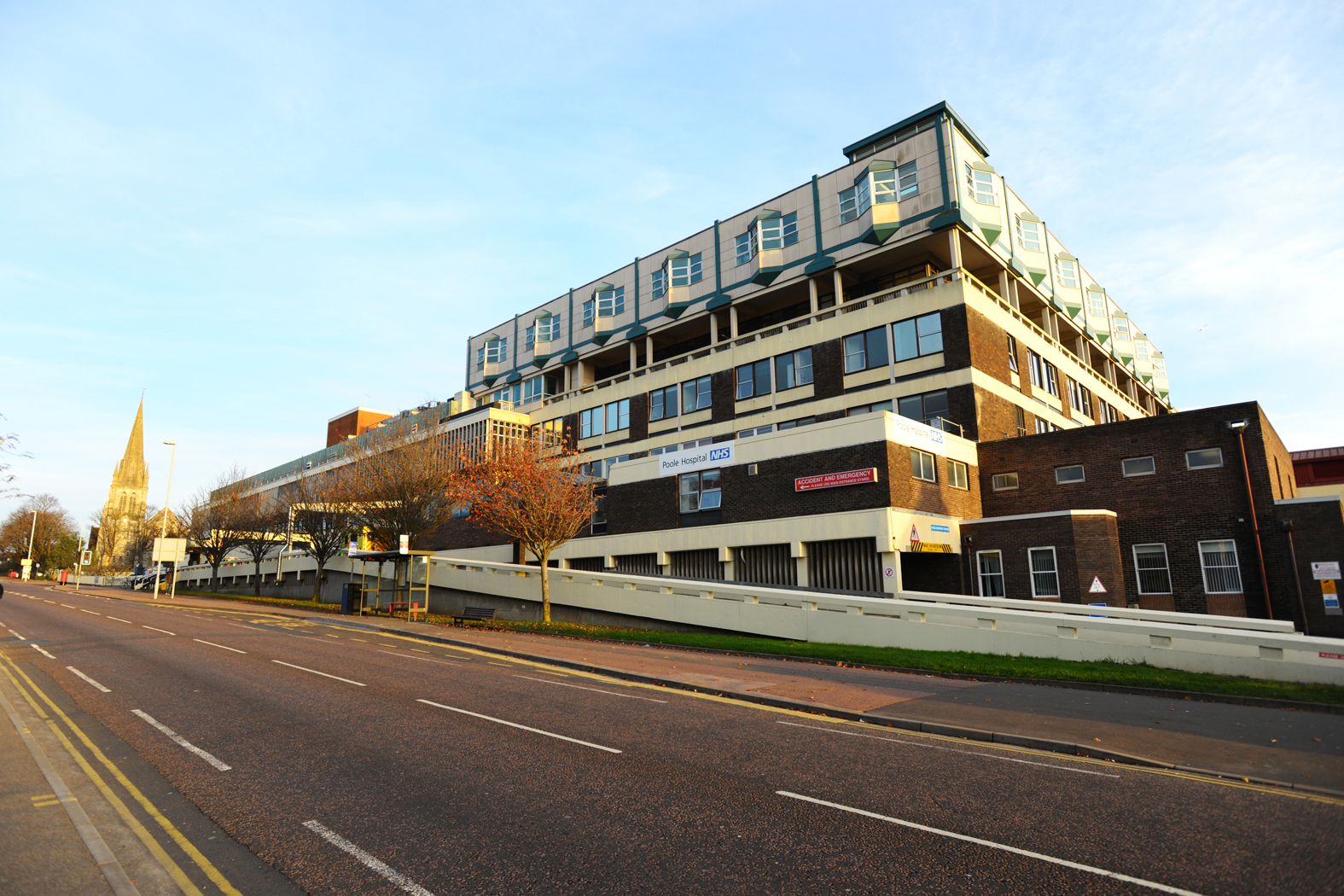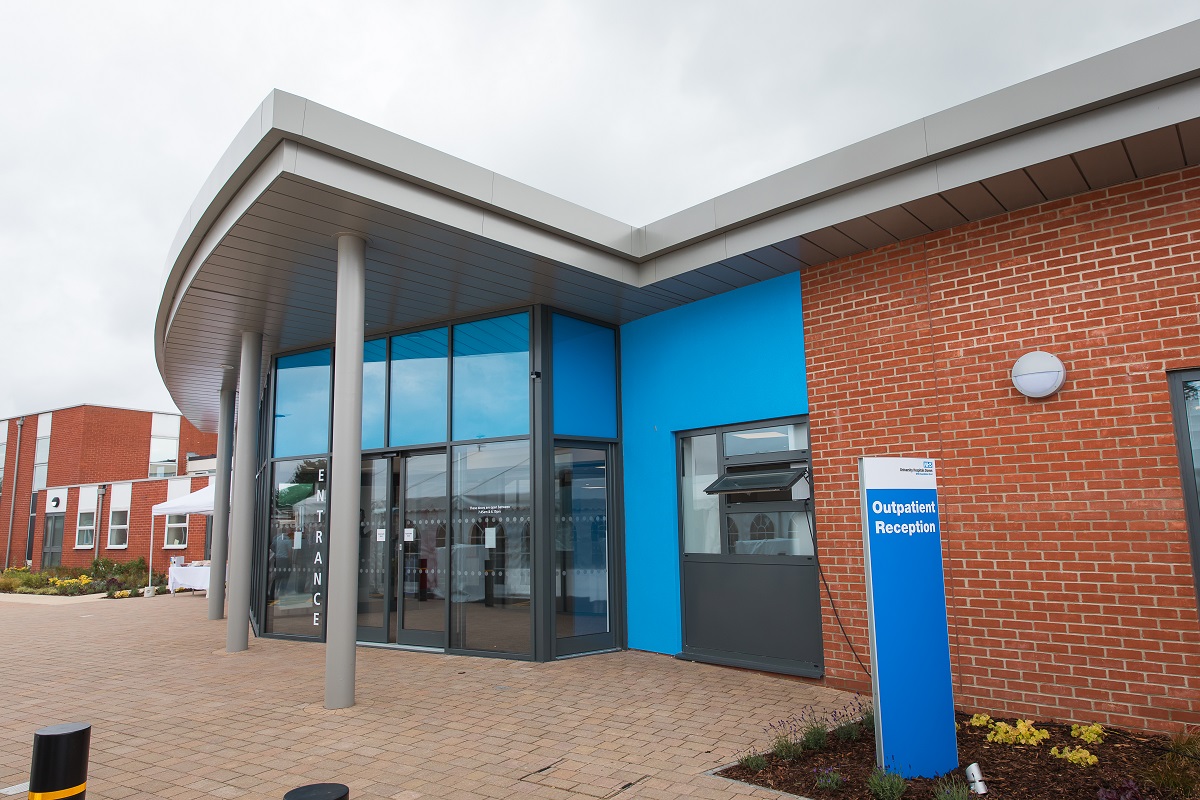Tests and Investigations
Tests and Investigations
Tests and investigations help to find out a number of different things, such as:
- if you have cancer
- if you do have cancer, what type, how far it has spread (its stage) and where it is
- what treatment you need
- how well your cancer is responding to treatment
- whether cancer remains after you have finished a course of treatment.
Most tests and investigations are carried out during an outpatient visit to the hospital. Many involve a short appointment with a specialist. You may have a range of tests and investigations at the same appointment. The choice of tests will vary according to your situation.
The main investigations performed are:
CT Scan
CT stands for computerised tomography. This is usually performed in Bournemouth. A CT scan, also known as a CAT scan, is a specialised X-ray test. It can give quite clear pictures of the inside of your body to give a more 3-dimentional view. In particular, it can give good pictures of soft tissues of the body which do not show on ordinary X-ray pictures. It will show possible cancer, its size and whether it has spread.
PET Scans
These are provided at Poole Hospital. Positron emission tomography (PET) scans are used to produce enhanced scan in addition to the CT scan. It includes an injection of a sugar-molecule with a small amount of radio-activity which shows which areas are active. It gives additional information to help the diagnosis and management. An advantage of a PET scan is that it can show how well certain parts of your body are working, rather that showing what it looks like. They're particularly helpful for investigating confirmed cases of cancer to determine how far the cancer has spread and how well it's responding to treatment.
Bronchoscopy
Bronchoscopy is a procedure that allows the doctor to examine your trachea(windpipe), bronchi (branches of the airway) and some areas of the lung. A short thin flexible tube with a mini camera built into its tip, called a 'bronchoscope', is used for this procedure. The bronchoscope is usually passed through your mouth, into your trachea and bronchi. The doctor can then get a clear view of your airways. During the procedure, the doctor may take samples of tissue (biopsy) or respiratory secretions for examination in the laboratory. It is usually performed as an outpatient but as you are sedated you will need a responsible adult available at home and cannot drive yourself for 24hrs.
Endobronchial Ultrasound
An EBUS is a procedure that allows the doctor to look into your lungs (similar to a bronchoscopy) but them to take samples of the glands in the centre of your chest (mediastinum) using the aid of an ultrasound scan, these glands lie outside the normal breathing tubes (bronchi).
Pleural Aspiration
Pleural aspiration is a procedure to remove fluid from the chest. In some conditions, fluid can collect between the outside of the lung and the chest wall which may make it difficult to breathe. In this event a pleural aspiration can be performed to relieve breathlessness. Pleural aspiration is also used to obtain samples of fluid, which can be tested to try and find out what has caused the problem. An ultrasound is performed at the same time to guide the procedure. This is usually carried out by one of the senior chest physicians and can be done as an outpatient.
Thoracoscopy
This may be carried out either at Poole (under sedation) or Southampton (General anaesthetic). A thoracoscopy is an examination of the inside of your chest cavity. The pleura (linings of the lung and the chest wall cavity), diaphragm (the large breathing muscle that separates the chest from the abdomen), and the outside edge of the lung will be seen. The thoracoscope is a long thin rod, about as thick as a pencil, with a bright light at the end. The thoracoscopist can take samples, such as biopsies (small piece of tissue) from the lining chest wall pleura, to help gain more information about your medical condition. They may also spray a substance (Talc) to seal the space and stop the fluid coming back. This usually involves being in hospital for a few days.









